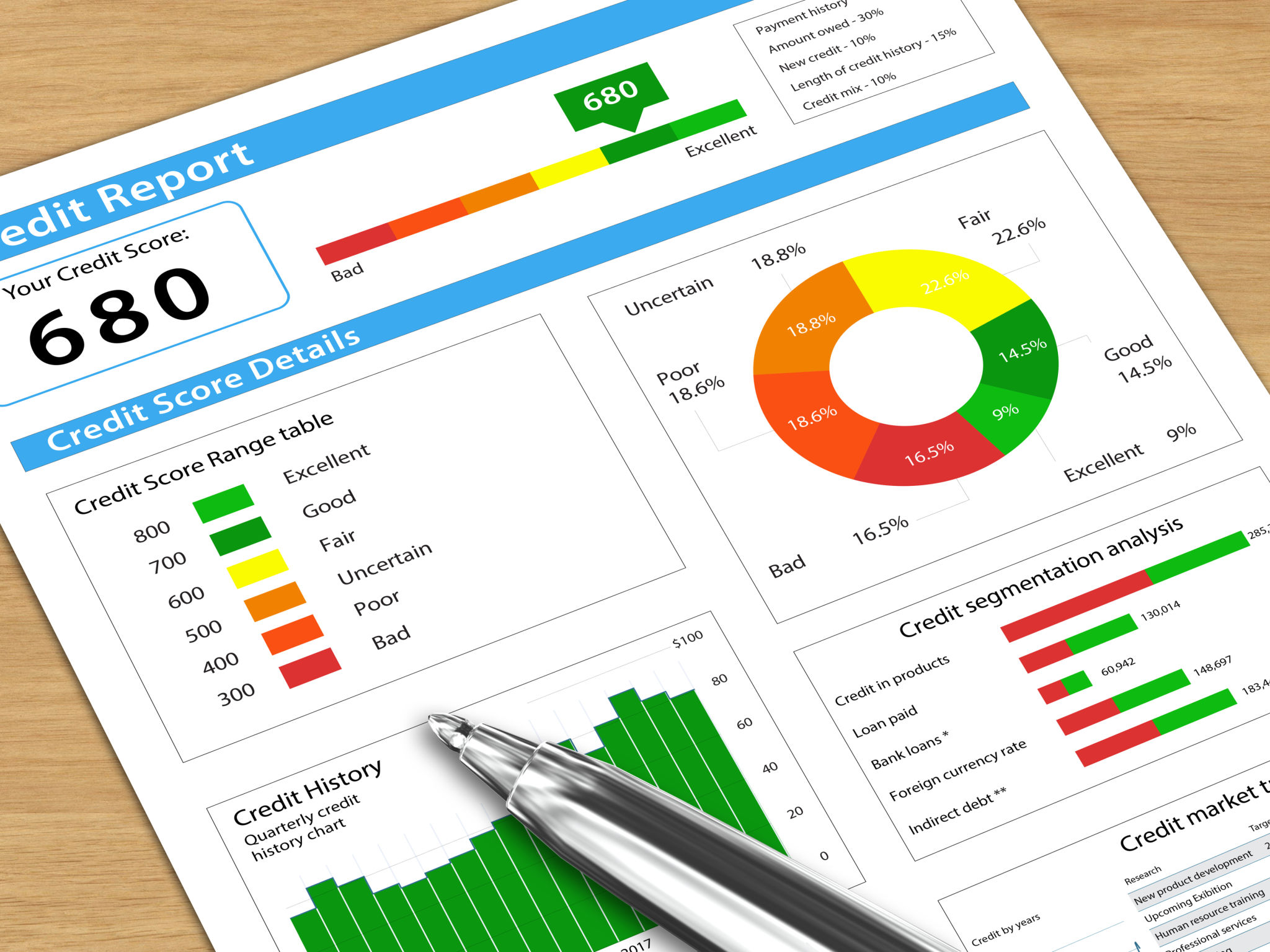How to Build a Strong Personal Credit Profile: A Step-by-Step Guide
Understanding Personal Credit
Your personal credit profile is a critical part of your financial health. It affects your ability to borrow money, rent an apartment, and even secure a job. Building a strong personal credit profile is essential for financial success and stability. In this guide, we will walk you through the steps to enhance your creditworthiness.
Before diving into the steps, it’s important to understand what personal credit is. Essentially, it’s a record of your credit history and current credit situation, including your borrowing and repayment habits. Credit scores, which range from 300 to 850, are used by lenders to determine your creditworthiness.

Step 1: Know Your Credit Score
The first step in building a strong credit profile is knowing where you stand. You can obtain your credit score from one of the major credit bureaus: Equifax, Experian, or TransUnion. Many financial institutions also offer free access to your credit score.
Regularly checking your credit score helps you understand what factors are affecting it and how you can improve it. Look for inaccuracies in your report that could be lowering your score and report them immediately for correction.
Understanding Factors Affecting Your Credit Score
Several factors influence your credit score, including:
- Payment History: Late payments can significantly impact your score.
- Credit Utilization: This is the ratio of your credit card balances to your credit limits.
- Length of Credit History: A longer history can boost your score.
- Types of Credit: Having a mix of credit types (credit cards, loans) can be beneficial.
- Recent Credit Inquiries: Applying for multiple credits in a short period can negatively affect your score.

Step 2: Establish Credit Accounts
If you’re just starting out or have a limited credit history, opening a new credit account is crucial. Consider applying for a secured credit card or becoming an authorized user on someone else’s account. This can help you start building a positive credit history.
Ensure timely payments on any accounts you open. Setting up automatic payments or reminders can help avoid missed payments, which are detrimental to your credit score.
Building a Diverse Credit Portfolio
A diverse portfolio includes different types of credit, such as installment loans (e.g., auto loans) and revolving credit (e.g., credit cards). This diversity shows lenders that you can manage various types of credit responsibly.

Step 3: Maintain and Improve Your Credit
Once you have established your credit accounts, the next step is maintaining and improving them. Keeping your credit utilization low—ideally below 30%—is crucial. This means if you have a $10,000 credit limit, try to keep your balance below $3,000.
Punctuality in payments cannot be stressed enough. Consistently paying bills on time will gradually improve your credit score. Additionally, periodically reviewing your credit report for errors ensures that no inaccuracies affect your profile negatively.
Long-term Strategies for a Strong Credit Profile
To build a robust credit profile over time, avoid closing old accounts. The length of your credit history accounts for 15% of your credit score. Even if you don't use an old card often, keeping it open can benefit your score. Furthermore, limit new applications for credit unless necessary, to avoid too many inquiries on your report.
By following these steps and maintaining healthy financial habits, you can build and sustain a strong personal credit profile that will benefit you in many areas of life.

